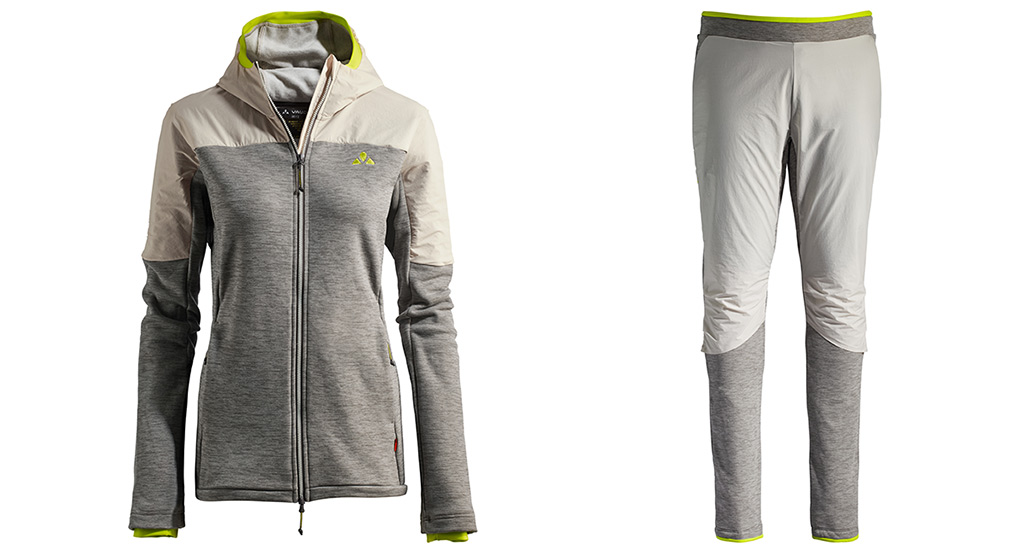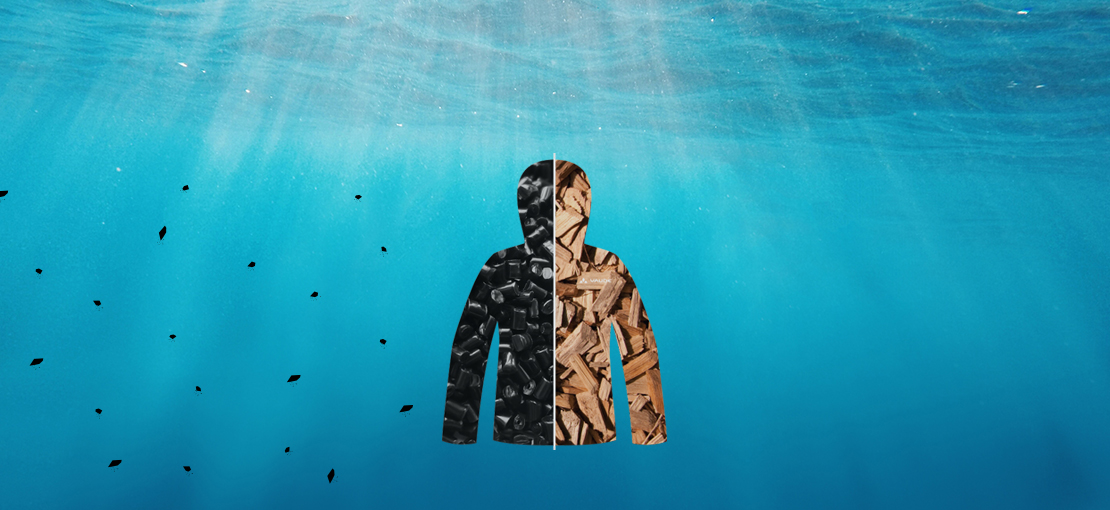
Wood for clothing, reducing microplastics in our seas
In order to address this problem, we have launched the "TextileMission" research project together with various partners from environmental associations, the scientific community as well as the textile industry, and are pleased about initial development successes with fleece clothing made of biobased and biodegradable fibers.
Fleece generates microplastics
Fleece materials with their fluffy surface are usually made of synthetic fibers such as polyamide or polyester. Fibers and tiny particles that are shed, for example when washing fleece clothing in the washing machine, are only partially filtered out by sewage treatment plants and are thus released directly into the environment. Since synthetic fibers are particularly durable and often only extremely slowly biodegradable, they pose a danger when they end up in our oceans through the global water cycle. The problem: marine life can confuse these tiny particles with food allowing the plastics to enter the food chain.
As a manufacturer of fleece clothing, we see ourselves as having a responsibility and are actively seeking solutions to avoid releasing microplastics into the environment.
TextileMission research project
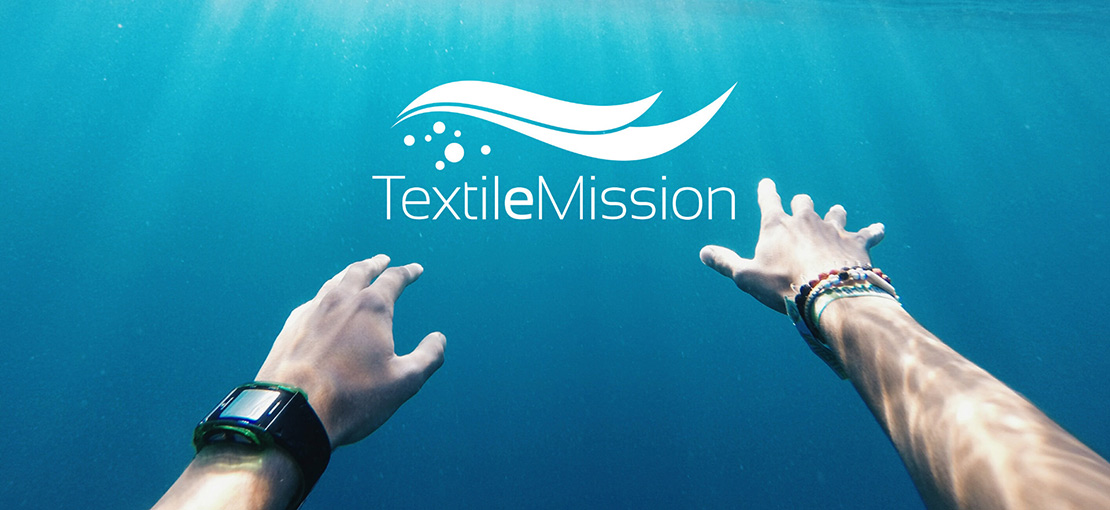

VAUDE, together with partners from the sporting goods industry, universities, WWF Germany as well as the washing machine and detergent manufacturers Miele and Henkel, has initiated a research project focusing on microplastics. On September 1, 2017, the joint project "TextileMission" was officially launched with funding from the Federal Ministry of Education and Research (BMBF).

»The aim of TextileMission is on the one hand to optimize wastewater treatment plant technology with filters, and on the other hand to develop textiles that produce significantly lower microparticle emissions. In addition, research is being conducted into biobased and biodegradable fibers as environmentally friendly alternatives.«
First successful results with wood cellulose fibers
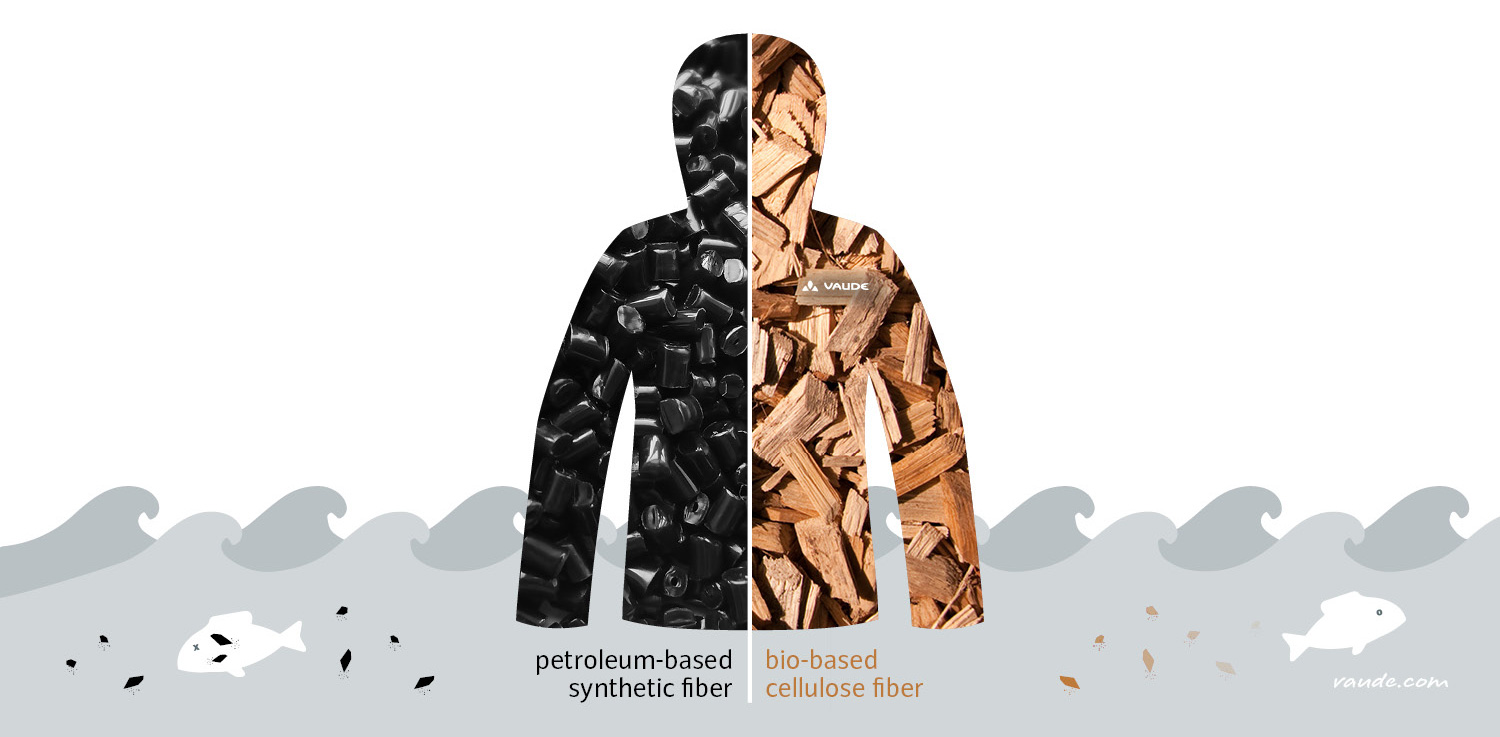
TENCEL® is a fiber made from 100% of eucalyptus and beech wood from sustainable forestry and evinces excellent performance features. We already use the innovative fiber in some clothing items such as shirts and bike jerseys. Now as the first outdoor outfitter, we have developed a new soft fleece material together with Lenzing, the Austrian manufacturer of TENCEL® fibers.
The unique feature of this product is that the microparticles that enter the global water cycle during washing can biodegrade completely in seawater.
Outstanding pioneering achievement honored
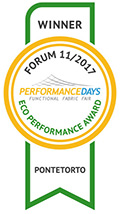
This innovative material has been manufactured by the Italian producer Pontetorto into a fabric that incorporates TENCEL® fleece in the lining. The fabric was presented to the public at the Performance Days textile trade fair in Munich on November 8-9, 2017 and was awarded the Eco Performance Award for innovation in textiles.
This newly developed fabric will be used for the first time in jackets and pants in our groundbreaking, sustainable "Green Shape Core Collection", which will be available in stores starting in August 2018. In January 2018 it will be presented to a trade audience at the Ethical Fashion Show in Berlin and at the ISPO in Munich.
Background information
Plastic consumption - a material has conquered the world
The advantages of plastics are undisputed. They can be produced relatively cheaply in large quantities, are particularly durable and can be processed in a variety of ways. From packaging of all kinds to electronics, cosmetics, household appliances and clothing, plastics have found their way into almost all areas of modern life. Yet scarcely 100 years in use, the effects of plastic consumption have become an environmental problem that has assumed enormous dimensions. The advantage of the material's longevity will become a disaster for nature if it enters the environment in an uncontrolled manner.
In Europe, and above all in Germany, enormous amounts of plastic waste are generated every day, but at least 99% of it is professionally disposed of. In other countries such as China, for example, the per capita consumption is lower, but only about 25% of plastic waste is collected and the rest enters the environment unchecked.
This means that solutions should be found on the one hand that focus on reducing plastic consumption in Europe as well furthering professional waste disposal in Asian countries and on the other by promoting the recycling of materials in general. These are precisely the goals we pursue at VAUDE.
Macroplastics and microplastics in the world's oceans
Experts estimate that approximately 12 million tons of plastics are released into the world's oceans every year, and this figure is increasing annually. Depending on the size of the pieces, a distinction is made between macroplastics and microplastics. As soon as plastic particles are smaller than 5 mm in diameter, they are called microplastics.
Microplastic particles are formed by the disintegration of larger plastic components that have been released into the environment as waste - but large quantities are also produced during the usage phase of plastics. These include, for example, the abrasion of car tires on the roads, the release of paint particles from buildings or ships, and textiles. The reason: clothing often consists of synthetic fibers that release microparticles in our household laundry during the washing process.
The small plastic particles enter the global water cycle and have already been found in drinking water. Most of these particles land in the oceans, where they pose a danger to living creatures because many animals confuse them with food and consume them. If the particles are in the nano range, they even enter the organism through cell walls, for example in fish and therefore end up through the food chain in the human body as well.


